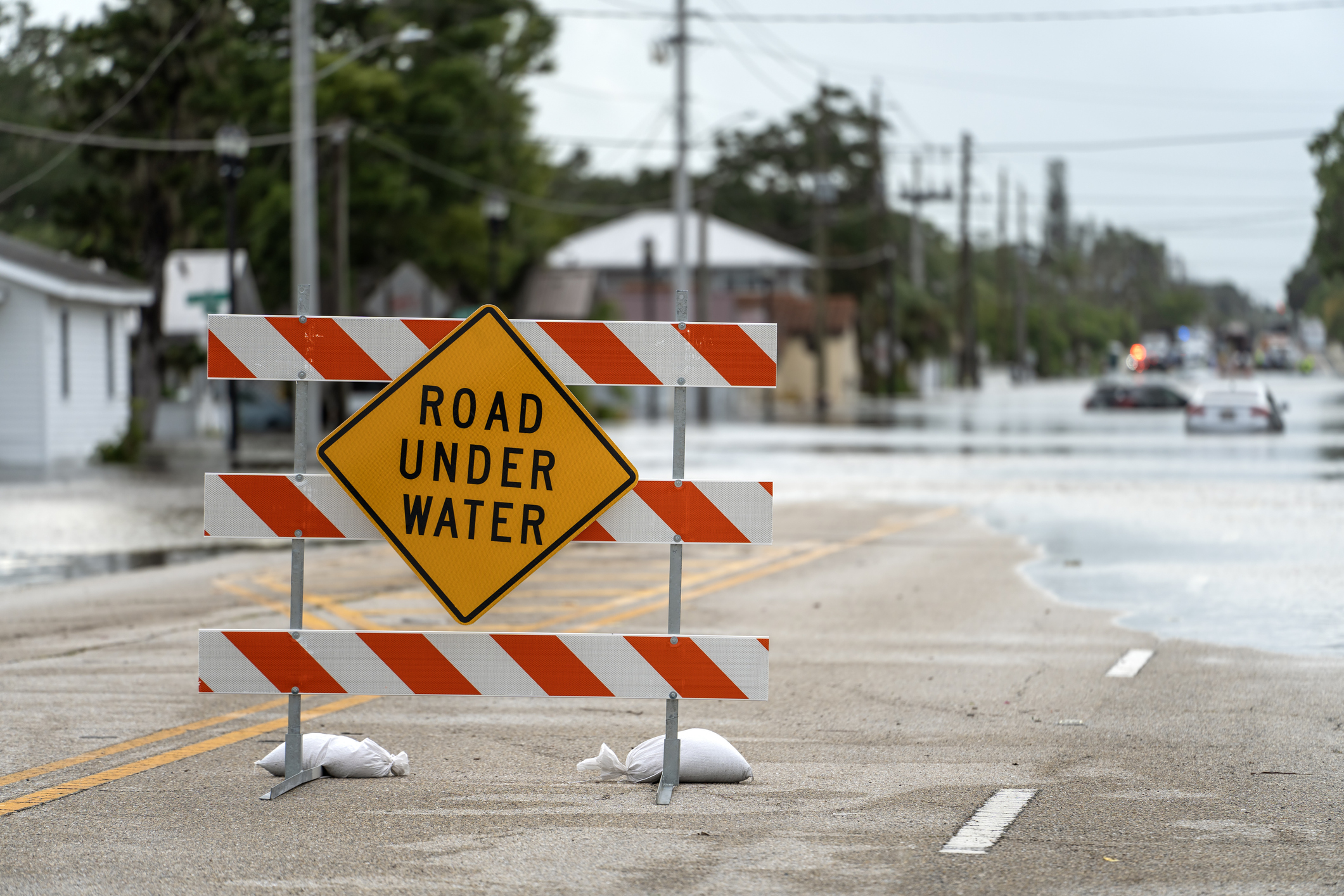Key Findings
- Recovery of salmon populations, especially Chinook, has been extremely slow across Washington state.
- In Puget Sound, between 2004 through 2019, there were declines in the number of spawners in 16 of the 22 Chinook populations.
- This slow pace has created frustration among those working to recover the species, generating frustration that is leading some to look for silver bullet solutions.
- Increasingly politics, not science-based prioritization, is guiding recovery strategy, putting resources where it is politically beneficial rather than most effective.
- To get back on track to salmon recovery, legislators, agency staff, and salmon experts should focus state efforts on science-based grants, guided by local leaders.
- Washington state should increase funding for science and monitoring to target the most effective use of resources.
- The legislature should significantly increase overall salmon recovery funding, putting the resources into competitive grant programs.
- More funding and control should be put into the hands of local salmon recovery managers, who face more accountability for success or failure and apply local knowledge not available to state-level politicians and agencies.
Introduction
Ask any elected official in Washington state about the top environmental priorities and he or she will certainly mention salmon recovery. The issue brings together a wide range of people, including those who care about preserving an iconic Northwest species, commercial and sport fishers, tribes who rely on salmon for economic and cultural benefits and have guaranteed fishing rights, and the general public who care about all of those things.
It makes sense that salmon recovery should align so many interests, but progress on increasing the population of Chinook and other salmon species is frustratingly rare. Successes, as we are seeing with Hood Canal chum, show that progress can be made, but for now they are the exception, not the rule.
The simple truth is that progress is too slow. That is creating tension between groups who have turned to fighting for their share of a shrinking fish population. Each group blames the others and each increases the level of emotional rhetoric to
improve their political position.
There is now an opportunity to break this cycle of frustration and recrimination. The state should focus on four steps to get salmon recovery on track.
- Increase funding for science and monitoring to ensure we understand where salmon recovery efforts can be most effectively focused.
- Fund science-based recovery programs rather than politically chosen priorities.
- Put more control and funding in the hands of local watersheds to take advantage of local knowledge and accountability is more likely.
- With the huge increase in the state budget, legislators should use the growth in revenue to make salmon recovery a priority.
Washington state now has the resources to take critical steps to change the course of salmon recovery for the better. Increased funding will only be effective if it is accompanied by a commitment to reversing the trend toward politicizing spending, and instead using a science-based prioritization process by increasing funding for science, monitoring, and creating accountability for outcomes by putting those closest to recovery projects in the lead.
Although I spoke with salmon recovery experts and managers across the state, some of this is naturally more applicable to the Puget Sound because that has been my focus. The principles, I believe, are applicable statewide, although each area will have unique challenges.
This combination of efforts will help halt the slow decline of salmon across the northwest and deliver a win for Washington’s economy, environment, and culture.



